
Manhattan_GMAT_Critical_Reasoning_Reading
.pdf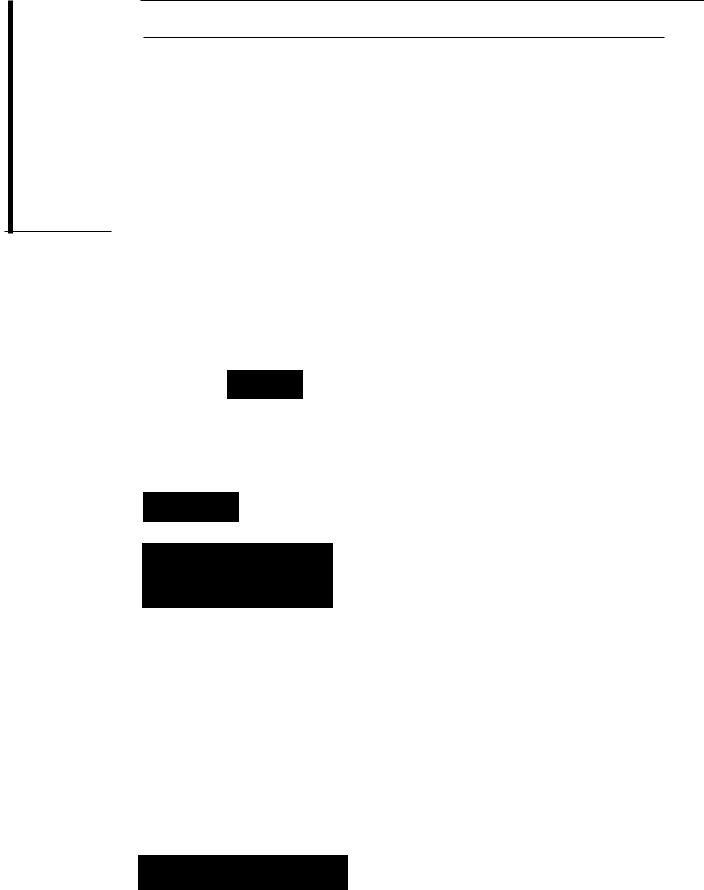
~~::..!l_
Premises present facts
that support the conclu-
of the argument.
ARGUMENT STRUCTURE STRATEGY
Identify the Parts of an Argument
In order to do well on GMAT Critical Reasoning questions, it is essential to be able to quickly the parts of an argument. Consider the following argument:
Studying regularly is one factor that has been shown to improve one's performance on the GMAT. Melissa took the GMAT and scored a 500. If she studies several times a week, Melissa can expect to improve her score.
In analyzing an argument, you should first look for the conclusion, which is .the main point of the argument. The conclusion is often the last sentence of an argument, but not always. Sometimes the conclusion appears as the first sentence.
Where is the CONCLUSION? The main point of this argument is the last sentence:
If she studies several times a week, Melissa can expect to improve her score.
After finding the conclusion, look for the premises that lead to the conclusion. Premises include ALL the pieces of information in the argument (except the conclusion). Premises provide evidence that supports, or leads to, the conclusion.
Where are the |
Since everything except the conclusion is considered a |
premise, each |
the first two sentences is a premise. |
Premise: Studying regularly is one factor that has been shown to improve one's performance on the GMAT.
Premis:e: Melissa took the GMAT and scored a 500.
you will need to |
are the conclusion and the premises. Sometimes, how- |
|||
ask you to identify an assumption. |
|
|
||
|
Assumptions are unstated |
argument. |
||
|
find an |
in an arg~unlent. |
|
|
|
|
|
||
ass;un1pt:iOlls are necessary to reach the given conclusion. One assumption in this argustudvJmQ; several times week as smaVJln2: reg;u12lrly
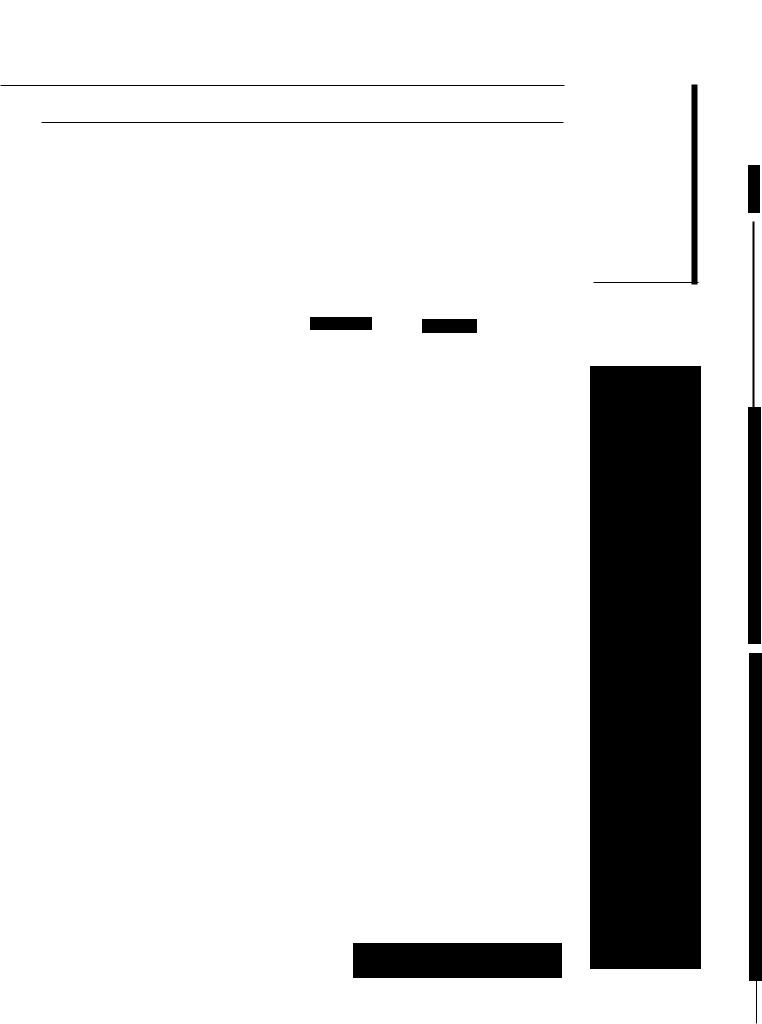
ARGUMENT STRUCTURE STRATEGY
Signal Words for Argument Parts
One way to recognize the conclusion of an |
is by looklrlg out for certain |
nal words" that often precede a conclusion. |
|
The most common conclusion signals on the GMAT are:
Therefore |
So |
|
|
As a result |
Consequently |
|
|
Suggests |
Thus |
|
|
Indicates |
Hence |
|
|
Accordingly |
It follows that |
|
|
Conclusions are also signaled |
their strong |
marked |
such as |
should ("This law should be enacted ...").
Premises can also be recognized by  words." The most common premise signals on the GNL<\T are:
words." The most common premise signals on the GNL<\T are:
|
Since |
Because |
|
|
|
|
Due to |
Given that |
|
|
|
In order to |
the |
from the pn::mlses, |
for the last |
made |
|
in the argument. The deduction that takes place |
(chronologically) is |
the con- |
|||
elusion. (This does not necessarily mean that |
conclusion will appear last in the pas- |
||||
Chapter 1
The conclusion happens
last in time, but does
not necessarily appear
last in the text of the
argument.

Chapter 1
The conclusion is the main point the speaker is trying to argue. Therefore, the conclusion should be arguable either way.
ARGUMENT STRUCTURE STRATEGY
Real Arguments: Identifying Premises and Conclusions
The best way to understand the structure of GMAT arguments is to practice reading a particular argument, identifYing each point as either a premise or the conclusion.
The following examples use arguments taken from real past GMAT exams. These arguments can be found in The Official Guide for GMAT Review, 11 th Edition or The Official Guide for GMAT Verbal Review.
A program instituted in a particular state allows parents to prepay their children's future college tuition at current rates. The program then pays the tuition annually for the child at any of the state's public colleges in which the child enrolls. Parents should participate in the program as a means of decreasing the cost of their children's college education.
The Ojficial Guidefor GMAT Verbal Review, #29
GAfAT@ questions are the property of the Graduate Afanagement
Admission |
and are reprinted with its permission. |
This argument consists of three sentences:
The CONCLUSION of this argument is the last sentence, because this is the main point of the argument. Notice its strong tone through the use of the word should.
The first two sentences are therefore PREMISES. Notice that, in this argument, the premises are both facts.
The proposal to hire ten new police officers in Middletown is quite foolish. There is sufficient funding to pay the salaries of the new officers, but not the salaries of additional court and prison employees to process the increased caseload of arrests and convictions that new officers usually generate.
The OffiCial GUide/or GMAT Revietv (lIth edition), #120
Glvl4T® questions are the property of the Graduate 1\4anagement
Adrtlissi'O/1 Council@ and are reprinted with its permission.
ar12~Un[letlt consists of |
sentences: |
|
|
|
arliSUllnetlt is the |
sentence, because this is the |
|
|
tone through the use |
the phrase quite foolish. |
|
The "Pt'on"1 sentence COltttams several i"L.lnhJl~J, which provide important information.
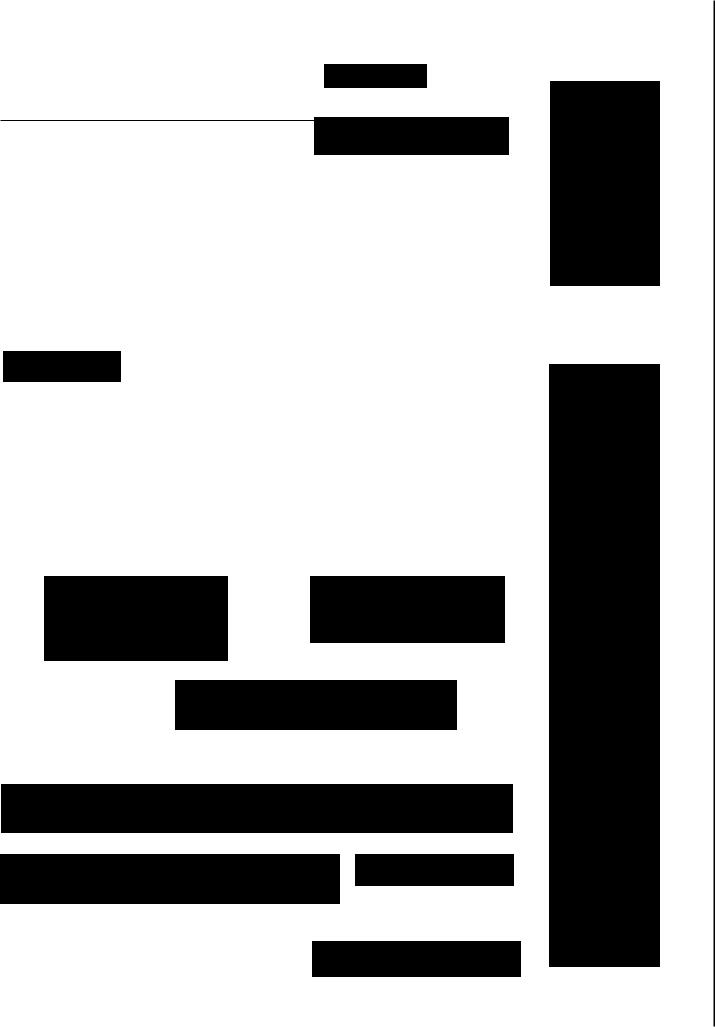
ARGUMENT |
STRATEGY Uhao'terI |
Real Arguments: Not all the Same
Not all GMAT |
can be |
down |
||
conclusions. Some |
have a Sl1~~l1tlly dim~retlt |
|||
|
|
|
|
|
Kale has more nutritional value than But since collard greens have more nutritional value than lettuce, it follows that kale has more nutritional value than lettuce.
The Official Guide for |
edition), #107 |
|
|
|
|
|
|
|
|
|
two sentences: |
|
|
|
|
|
|
|
|
|
|
|
|
|
of |
argum.ent is the last part of the second sentence: it follows |
|||
|
|
|
nntriltiOll1l1l value than lettuce. |
the |
is signaled |
||
by the phrase it follows that. |
|
|
|||||
The rest of this passage consists of PREMISES. The first sentence is a nn~mise |
|||||||
pn~sents information |
kale to spinach. The first |
the second sentence is a |
|||||
pn~mise that |
collard greens to lettuce. |
|
|||||
This example illustrates that a premise and a C0111CluSlion can appear to~~etller in the same sentence.
Now COllSH:!er |
|
example that c0l1ltaiJ1S |
|
|
|
|
|||||||
|
|
|
|
|
|||||||||
|
|
|
|
|
|
|
|
|
|
|
|
|
|
|
|
|
|
|
|
|
|
|
|
|
|
|
|
|
|
|
|
|
|
|
|
|
|
|
|
|
|
|
|
|
|
|
|
|
|
|
|
|
|
|
|
|
|
|
|
|
|
|
|
|
|
|
|
|
|
Not all GMAT argu-
ments have a stated
conclusion. Sometimes
the conclusion
answer
a COIJicluSlOt1,

.~~~1_
language of the
ARGUMENT STRUCTURE STRATEGY
Conclusion in the Question
Sometimes the conclusion of a particular argument is not in the passage itself, but
 be in the question that follows the passage. Consider the foHowing
be in the question that follows the passage. Consider the foHowing
Firms adopting "profit-related-pay" (PRP) contracts pay wages at levels that vary with the firm's profits. In the metalworking industry last year, firms with PRP contractsin place showed productivity per worker on average 13percentbigher than that of their competitors who used more traditional contracts.
If, on the basis of the evidence above, it is argued that PRP contracts incre.a~e",orkerproductivity,.which of the following, if true, would most seriously .weaken thatargulllent?
The |
Guidefor GMATReview (lIth edition), #118 |
|
|
the property |
Graduate jvfanagement |
Admission Council® and are reprinted with its permission.
Notice that the passage itself consists of two sentences, which are both PREMISES. The premise the term PRP. The second premise gives statistical information about PRP usage in the metalworking industry.
of this argument is given in the question: PRP contracts increase This is the main point of the argument. (The question goes on to
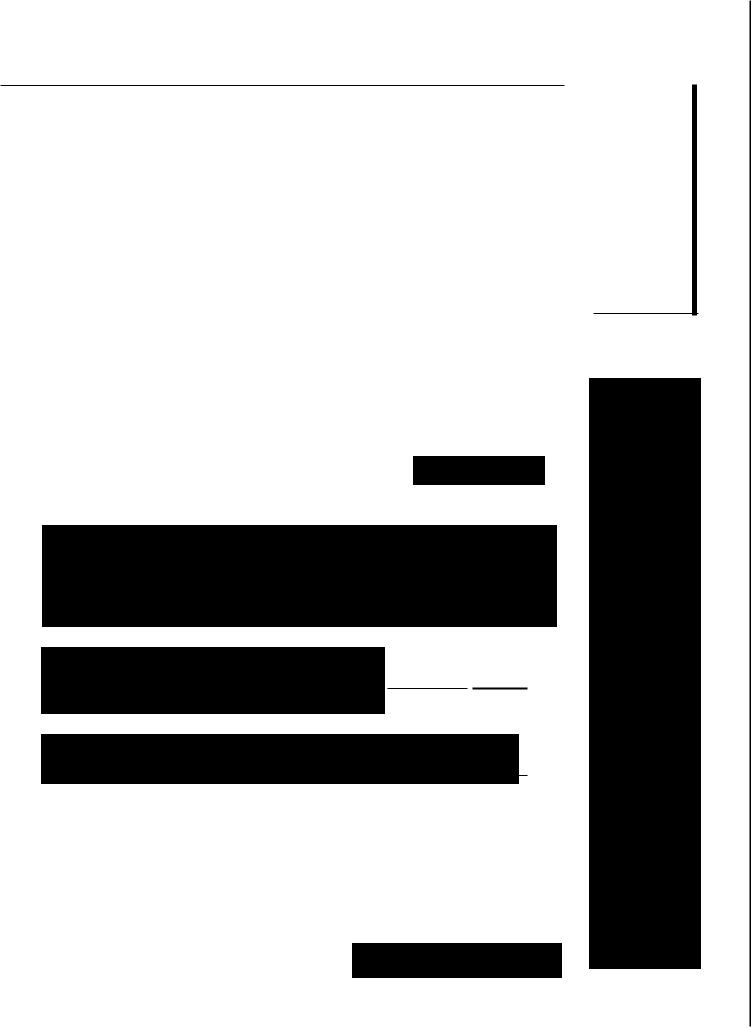
ARGUMENT STRUCTURE STRATEGY
2 Conclusions: Internal vs. External
|
cOlltams TWO conclusions that are opposed to one |
The |
|
first conclusion is |
passage |
internal conclusion. |
The second |
COJI1CIUS'lon is found in the question. This second conclusion -termed the external con-
clusion - makes its own assessment (usually a |
assessment) of the first concIu- |
|
|
a look at the tollO\iVlnff e;>::aullple: |
|
A |
mayor has proposed it fee of five dollars per day on private vehi- |
|
cles entering the city, claiming that the fee will alleviate the city's traffic congestion. The mayor reasons that, since the fee will exceed the cost of round-trip bus fare from many nearby points, many people will switch from using their cars to using the hus.
Which of the following statements, if true, provides the best evidence that the mayor's reasoning is flawed?
|
|
The Official Guide for GAlAT Verbal Review, #39 |
|
|
questions are the property a/the Graduate Management |
|
|
Admission Council® and are reprinted with its permission. |
The passage focuses on |
mayor's |
to institl.lte a |
vate |
The |
IS |
the fee will alleviate the city's traffic congestion.
af!~mnent, we see 

qwestilon asks for evidence
the mayor.
interextemal con-
Chapter 1
Some passages have
both an internal conclu-
sion and an external
conclusion.

|
|
EXERCISE |
|
|
|
|
ARGUMENT STRUCTURE |
Chapter 1 |
|||||
|
Critical Reasoning |
|
|
|
|
|
|
|
|
|
|
|
|
|
Now |
you have completed your study |
|
it is time to test your |
|||||||||
|
|
on passages that have |
|
appeared on real |
|
|
several years. |
||||||
|
The problem set that follows is composed of |
|
Re,asoning passages from two books |
|
|||||||||
|
published by GMAC (Graduate Management Admission '-'vuu~'u,. |
|
|||||||||||
|
The Official Guidefor GMAT Review, 11th Edition |
|
|
|
|
|
|
|
|
||||
|
The Official Guidefor GMAT Verbal Review |
116-142) |
|
|
|
|
|
|
|||||
|
The passages below exhibit a representative |
|
of ARGUMENT STRUCTURES. For |
|
|||||||||
|
each passage, complete the following in a notebook: |
|
|
|
|
|
|
|
|
||||
(1) |
|
|
|
|
|
|
both the argument |
|
|||||
|
|
aware |
|
|
|
|
|
|
|
|
Also, be |
|
|
|
|
|
|
|
|
|
|
|
|
|
|||
|
|
|
|
|
|
|
|
|
|
|
|
|
|
|
|
|
|
|
|
|
|
|
|
|
|
|
|
(2)If the passage does not include a conclusion, indicate this with the words no given conclusion.
Note that you are not actually answering |
|
1[!Pl,.,tit"lH1,cr the COIICHl- |
|||
each |
you |
be am;wc~rirlg |
|
For |
|
|
|||||
now, however, concentrate only on identifYing the conclusion. |
|
|
|
||
The answers to the 20 passages in |
exe~rci:se can be fi)lind on |
follO\;VlnfY page. |
|
||

EXERCISE SOLUTIONS |
|
ARGUl\tlENT STRUCTURE Chapter 1 |
|
Edition: |
|
|
|
3. Conclusion: Third sentence: |
in those days ... prime of life. |
||
18.Conclusion: Second sentence: As a result ... a seat belt.
34.No given conclusion
56.No given conclusion
64.Conclusion: End of second sentence: any fever that ... the malarial parasite.
65.Conclusion: First sentence: Most consumers do ... equipment they purchase.
67.Conclusion: Second sentence: Therefore, the citizens ... of Town T.
73.Conclusion: Second sentence: To attract students to physics ... visual images. External Conclusion: Part of the question: proposed curriculum will be successful ... students.
78.Conclusion: Second sentence: Therefore, replacement of ... of typing costs.
79.CClUclmnOlll: First sentence: An overly centralized ... came to power.
102.Conclusion: Second sentence: If a newlywed ... remained in Louisiana.
Verbal f(P1JlP,-\J~'
3. Conclusion: First sentence: cost-effective ... 
6. Conclusion: |
sentence: Ut)vj,om~lv. the """ivor',,, publicity ... |
bus |
27.ConclUSIon: 
36.ConclUSIon:  01J1J'JHU seulte11lce: scilentists have ... the rCllfodulcti,re
01J1J'JHU seulte11lce: scilentists have ... the rCllfodulcti,re
53. ConclUSion: 
57. 
7 |
|
|
|
|
to maximize its "n"" ...~ |
|
|
||||||
|
|
|
|
|
instituted. |
|
|
|
|
|
|||
|
|
|
|
|
|
|
|
|
|
|
|
|
|
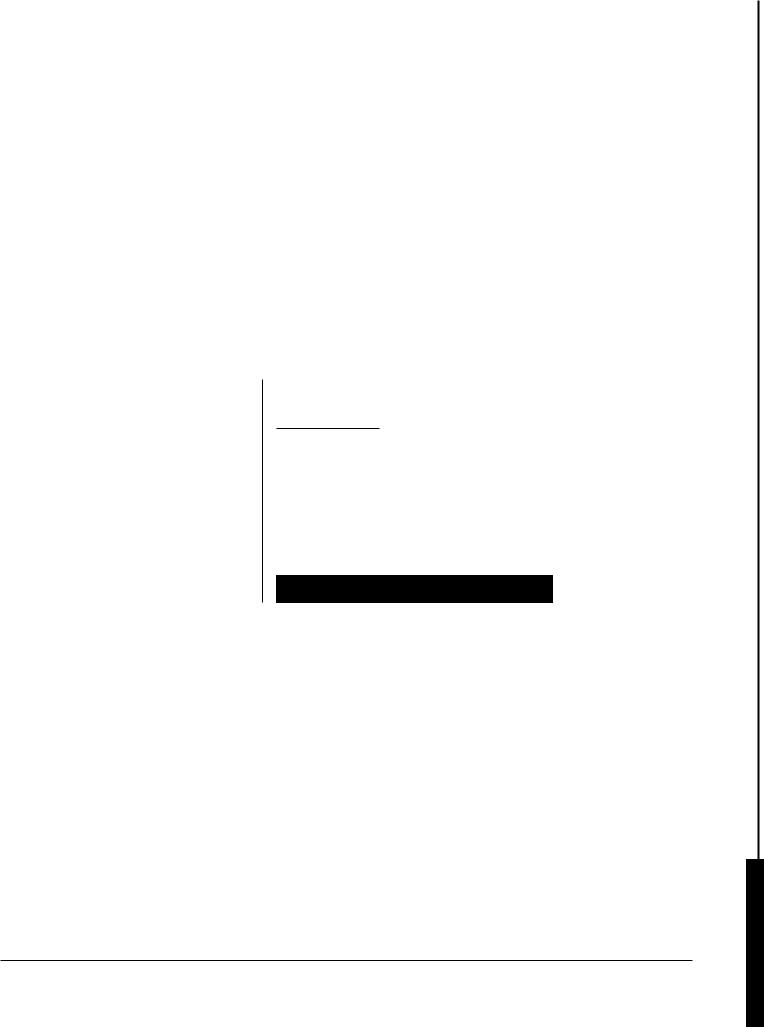
Chap}e_··r_2
CRITICAL REASONING & READING COMPREHENSION
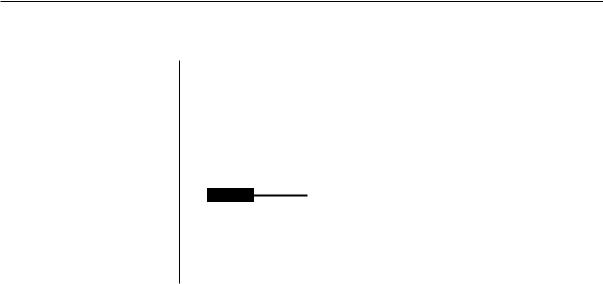
In This Chapter ...
•How to Diagram an Argument
•Diagramming Real Arguments
•Reorder When Needed
•Conclusion in the Question l'\r;Q;UIllents with No Conclusion
Ul,lgr'alTlmmg Internal and External Conclusions
